
In the jargon of wikimedia the process is akin to crowdsourcing 'the practice of obtaining needed services, ideas or content by soliciting contributions from a large group of people, and especially from an online community.....combin[ing] the efforts of numerous self-identified volunteers...., where each contributor of their own initiative adds a small portion to the greater result'. Our Magazine is dependent on this happening every three months!
The enterprise is one of co-creation and co-production and involves a lot of learning on the part of the production team. Firstly, the editorial team created a vision and identified possible content and these formation documents were deposited in google docs so that the four members of the team could access them and comment on them. Then the guest editors used their professional and social networks to engage possible contributors able to provide personal narratives and perspectives on their use of social technologies. For this issue most of the contributions were placed in drop box so that they could be viewed and edited. We also made good use of blog posts several articles were sourced in this way and social interactions with bloggers resulted in new collaborations. Our content also made use of content on YouTube and other social media sites.
We publish our Magazine under a Creative Commons license and once produced we post it on our Magazine website and distribute the link to our community via email and through mail lists, twitter, facebook, LinkedIn and other social media platforms and we hope that our readers will do the same. To make the most of the content we will use twitter to distribute selected articles and try to promote discussion about key ideas in some on-line forums. By tagging our own illustrations we know that in future people will be drawn to the Magazine and overtime thanks to the analytics embedded in our website we can see who is visiting and downloading our Magazine and where they are coming from.
In this way the life of an issue of Lifewide Magazine is greatly enriched and its value and reach extended by utilising the social media that is now part of the everyday world of community publishing. I find the process of co-creating and co-producing the Magazine a stimulating and rich learning process.
The goal of producing the Magazine which is a thing of beauty is all I need to motivate myself and sustain my interest over many weeks. I put a lot of thought into the content and spend a lot of time searching for materials and adapting them if necessary. The editing process is one of trying to shape and add value to someone's contribution by helping them make a better fit with the whole. This process requires new relationships developed with people I have never encountered before (like Julian Stodd in this issue). It also involves conversations with Kiboko our community artist as ideas are considered, tried and sometimes rejected and eventually the best ideas (or the ones I think will fit best) are surfaced and developed. And sometimes it involves designing and participating in our own research studies. All these things require, time, energy and intellectual effort and all result in ownership and love for the relational product that is produced.
The evolving ecology which produces the Magazine is an act of co-creation which can be visualised through Rogers (1961) contextualised concept of creativity ie the editors' self-determined and self-expressed process for achieving tangible goals, within which we create our novel relational products [our Magazine and our own learning and development] grown out of our individual uniqueness and the materials, events, people and circumstances of our lives. There is something quite magical about starting with an idea and ending with a Magazine.

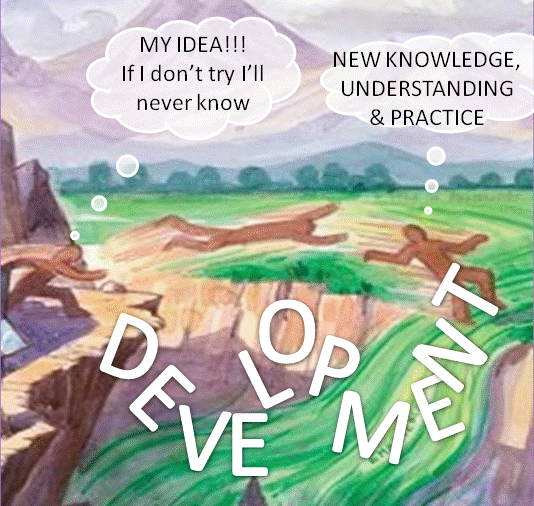




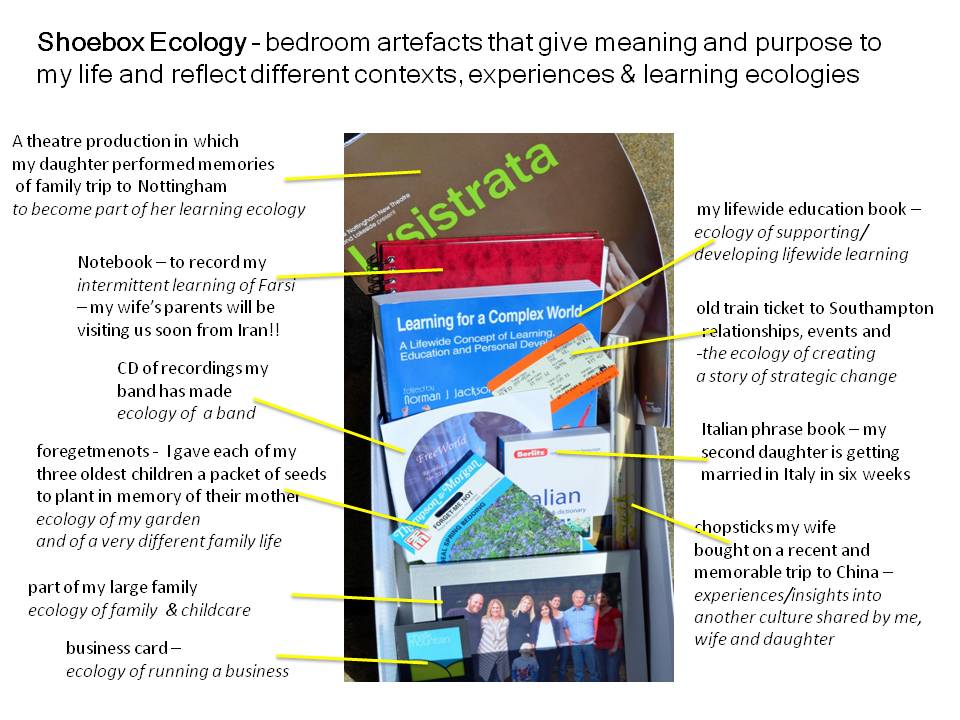
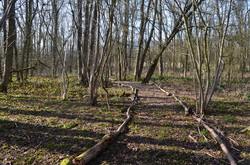

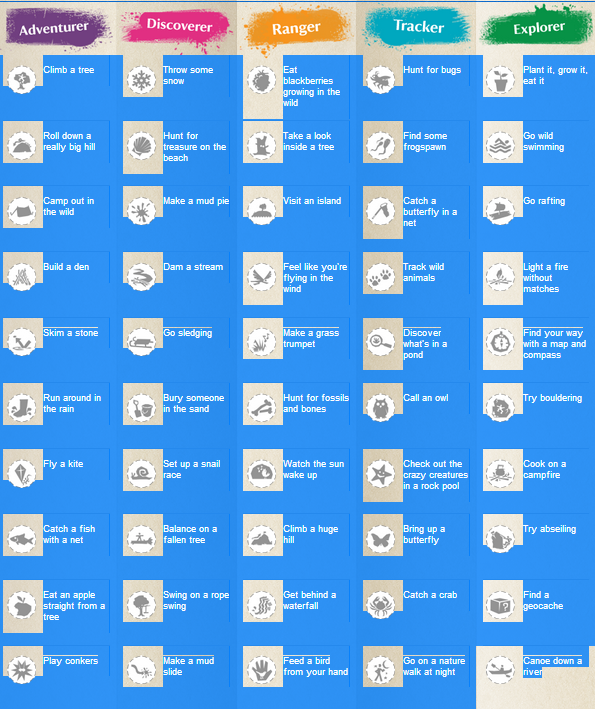
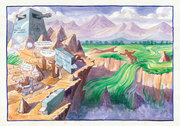



 RSS Feed
RSS Feed